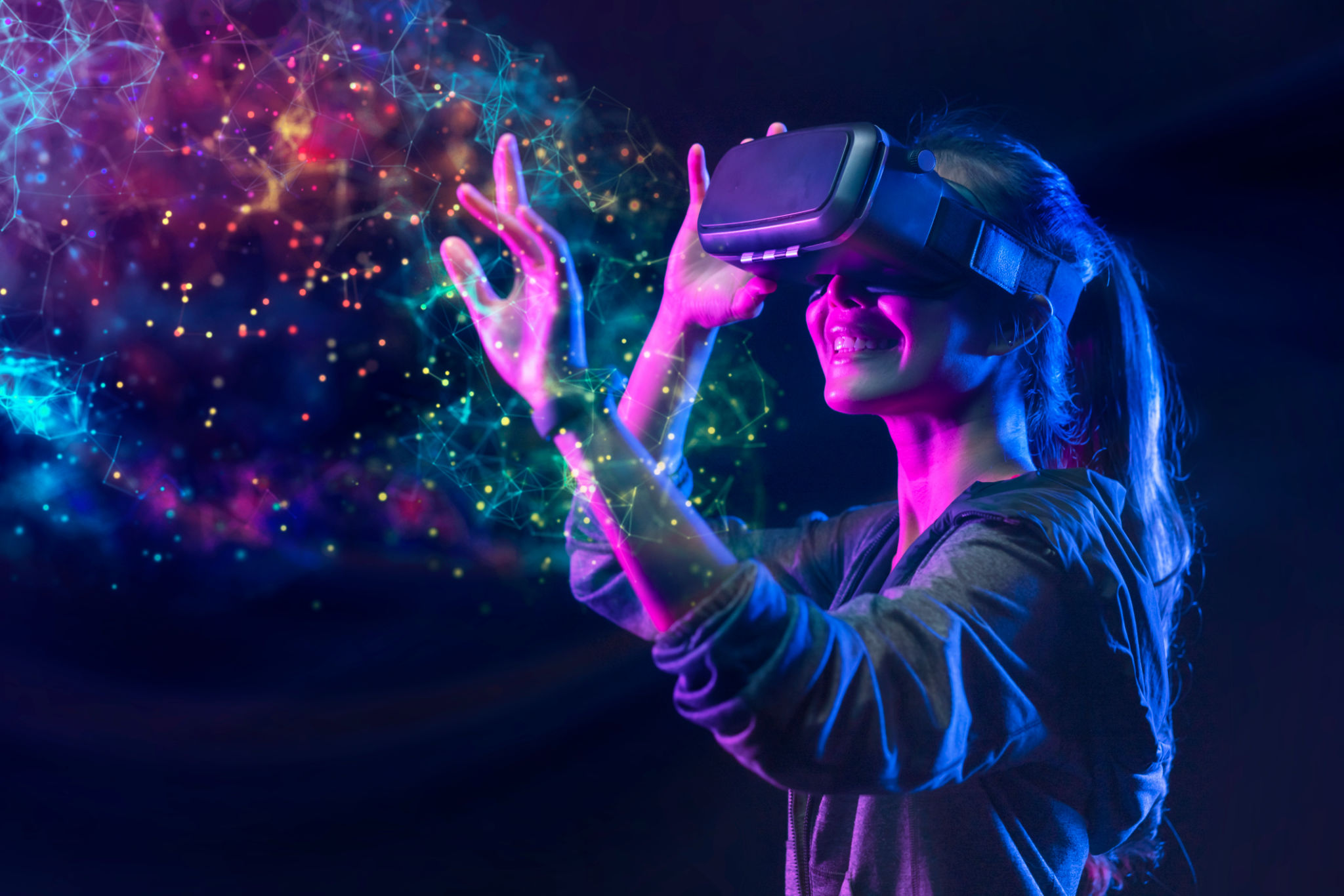Innovative Trends in Adult Virtual Learning: What to Expect
The Evolution of Virtual Learning
In recent years, virtual learning has undergone a remarkable transformation, driven by technological advancements and changing educational needs. Adult learners, in particular, are benefiting from these innovations as they seek to upskill or reskill in a rapidly evolving job market. As we look to the future, several trends are emerging that promise to redefine the landscape of adult virtual learning.
One of the most significant shifts is the increased personalization of learning experiences. With the help of artificial intelligence and data analytics, educational platforms can now tailor content to meet the specific needs and preferences of each learner. This level of customization ensures that adults can learn at their own pace and focus on areas where they need the most improvement.

Immersive Technologies: A New Frontier
The integration of immersive technologies such as augmented reality (AR) and virtual reality (VR) is another trend gaining momentum. These technologies provide learners with a more engaging and interactive experience, allowing them to participate in simulations and practice real-world scenarios without leaving their homes. This hands-on approach not only enhances understanding but also helps in retaining knowledge more effectively.
Moreover, VR and AR offer opportunities for collaboration in virtual environments, enabling learners to work together on projects or problem-solving exercises regardless of their geographical locations. This fosters a sense of community and collaboration, which is crucial for adult learners who benefit from peer interactions.

The Rise of Microlearning
Microlearning has emerged as a powerful tool in adult education, addressing the challenge of time constraints faced by many learners. By breaking down complex topics into smaller, manageable chunks, microlearning enables learners to absorb information quickly and effectively. These bite-sized lessons can be accessed on-the-go, making it easier for busy professionals to integrate learning into their daily routines.
Platforms offering microlearning often include multimedia elements like videos, quizzes, and infographics, which cater to different learning styles. This diversity in content delivery ensures that learners remain engaged throughout their educational journey.
Gamification: Making Learning Fun
Gamification is another trend that is reshaping adult virtual learning. By incorporating game-like elements such as points, badges, and leaderboards, educational platforms are making learning more enjoyable and motivating for adults. This approach not only enhances engagement but also encourages learners to complete courses and achieve their learning goals.
Furthermore, gamification taps into the competitive spirit of learners, driving them to outperform their peers and strive for excellence. This method has proven particularly effective in corporate training environments where employee motivation is crucial for success.

The Future of Adult Virtual Learning
As these innovative trends continue to evolve, the future of adult virtual learning looks promising. The combination of personalized content, immersive technologies, microlearning, and gamification creates a dynamic and flexible learning environment that caters to the diverse needs of adult learners.
Educational institutions and organizations must stay abreast of these trends to ensure they are providing relevant and effective learning experiences. By doing so, they can empower adults to enhance their skills and adapt to the ever-changing demands of the workforce.
In conclusion, the innovative trends in adult virtual learning are paving the way for a more inclusive and effective educational landscape. With continued advancements in technology and a focus on learner-centric approaches, adult education is set to become more accessible and impactful than ever before.